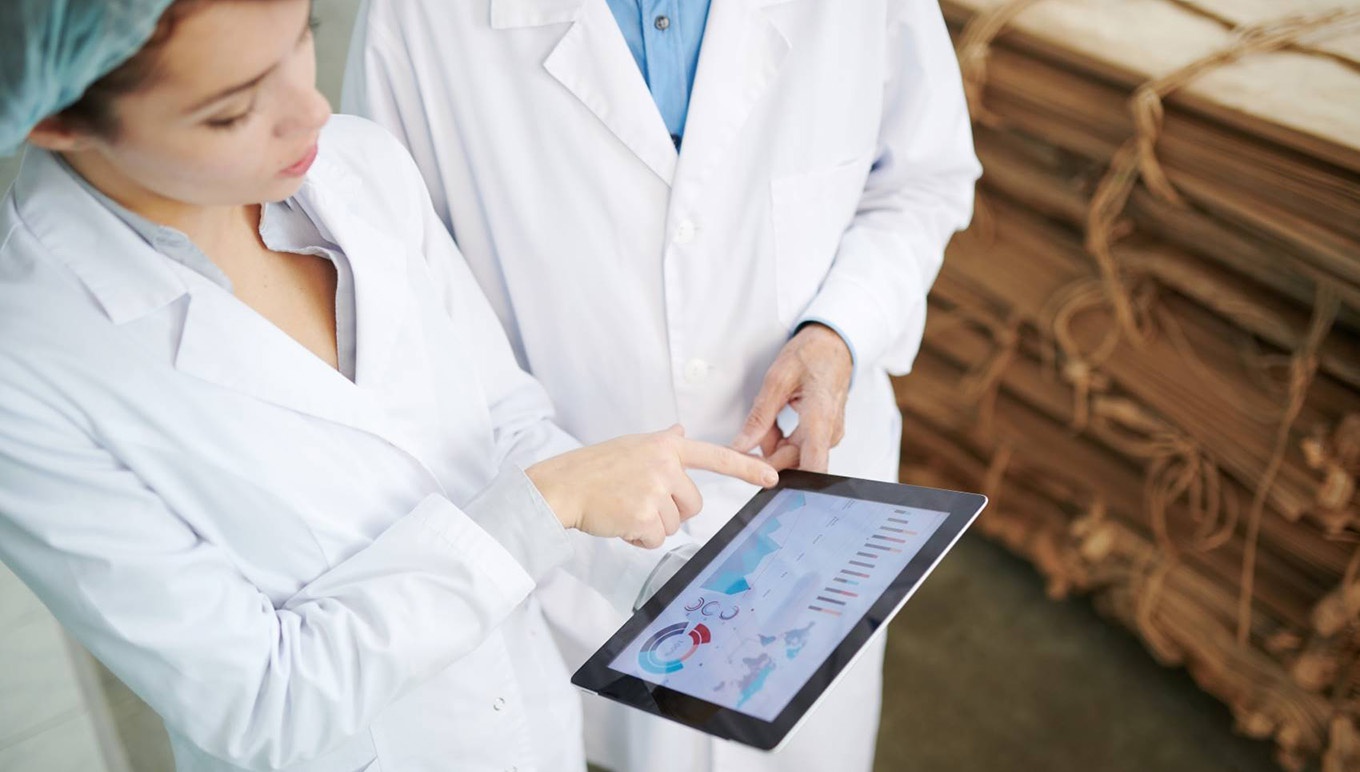Is Your Food ERP Solution Delivering a Strong Return on Investment?
Is Your Food ERP Solution Delivering a Strong Return on Investment?
Is Your Food ERP Solution Delivering a Strong Return on Investment?
Ene 28, 2021
 Aptean Staff Writer
Aptean Staff Writer 
For any food business, the investment they make in technology like enterprise resource planning (ERP) is to streamline operations and boost profit margins. The right software solution can bring a multitude of benefits: increasing efficiency, enabling automation, improving data insights and decision-making and optimizing traceability to name just a few. But these are not end goals in themselves - they serve the larger purpose of driving greater revenues.
This should beg the question - is your food ERP system delivering the return on investment it should be? While every business with an ERP solution recognizes its financial potential, far fewer are able to quantify what, if any, ROI they are getting. For a company with an older system especially, there is a danger that it stops providing real value, stops being supported by the software supplier or even becomes an active hindrance to profit-making.
If you’ve ever stopped to wonder what the true value of your business’ software solution is, read on to find out how you can get a better idea.
Calculating Your Solution’s ROI
Determining your current ERP’s value can be challenging - especially if you have relied on it for many years. The best - and hopefully easiest - place to start is by calculating any and all costs associated with the solution over its lifetime. These are highly likely to include:
Licensing costs - Do you pay a regular Software as a Service (SaaS) fee?
Implementation costs - From consultancy to installation, this is likely to have been a considerable outlay.
Hardware & maintenance costs - These will have been significantly higher if you opted for an on-premise solution over a cloud option.
Training costs - Bringing staff up to speed with the new way of working.
Upgrade costs - If your vendor has improved your solution as the technology advanced, this may or may not have come at a cost.
These costs then need to be weighed against the value the system has brought over the years; this is where things get a bit more complicated. If your business hasn’t actively been working out the savings and improvement the ERP has brought, you’re going to have to analyze your historical operations records in some detail. There are some key areas you’ll want to consider - comparing between performance levels before and after the implementation. These include, but are not limited to:
Time & labor savings
Reduction in waste
Efficiency in the warehouse
Production efficiency
Supply chain management
Operational costs
Improvements from integrating data across the organization
Making these judgements is not an exact science. Some of these criteria are a lot more abstract than others - so the more data you review and the longer you spend reviewing it, the more accurately you’ll be able to define the true value the ERP has brought to the company. As a rule of thumb, you’ll be able to calculate a percentage return on investment by using the following calculation:
ROI = [(Value of Investment – Cost of Investment) / Cost of investment] x 100%
Of course, solutions with the best reporting, data interpreting and Business Intelligence features will make your ROI calculations easier and more accurate.
It’s Time to Upgrade to an ERP That Gives More for Your Money
Once you’ve researched the value your system is bringing to the business, you might be left feeling underwhelmed. If using an older ERP, a particularly common thing to discover is that ROI was high initially but has petered out over the years. The food industry changes quickly, and so do the demands put upon businesses and staff. The best technology helps you meet these challenges.
If this is sounding alarms, it may be worth considering whether your current system is the best option for you now and in the future. There may be even more reason to look elsewhere if:
Your ERP is on-premise - These solutions are far more prone to becoming outdated quickly and are not as as cloud and hybrid options.
Your ERP is one-size-fits-all - The benefits of such a system may have given your business a boost initially, but food and beverage-specific ERP has never been more important to facing the industry’s modern challenges.
Your vendor is small - Small, regionally-focused vendors used to be ideal for food businesses. But now, those that can offer the best-funded, most-advanced platforms like Microsoft Dynamics lead the way.
If you’re interested in learning more about food ERP that delivers a strong return for your investment, you can read about our food and beverage software solution - Aptean Food & Beverage ERP - or get in touch with our team of industry experts for more information.
¿Todo listo para transformar tu negocio?
Tenemos las soluciones ERP especializadas que necesitas para superar los desafíos de tu sector.



